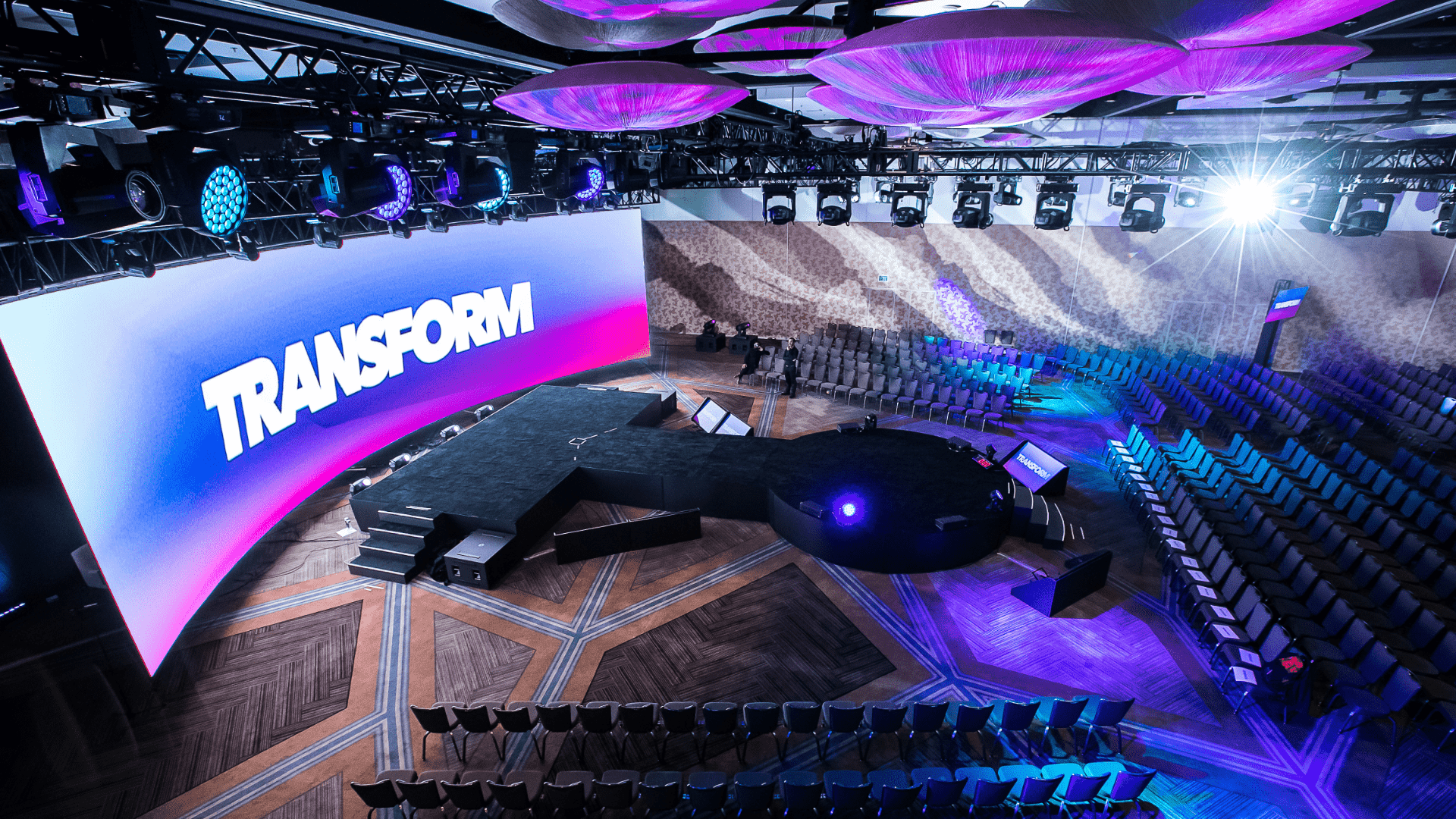Mastering the Craft of Flawless Video Projection on Arched LED Screens for Stunning Graphic Experiences
Mastering the Craft of Flawless Video Projection on Arched LED Screens for Stunning Graphic Experiences
Blog Article
Film mapping is an innovative technique that enables images and footage to be displayed onto areas, creating stunning visual encounters. When it comes to rounded surfaces, perfecting this craft can be a bit more difficult than projecting onto flat planes. Curved surfaces can encompass various elements from the sides of buildings to art pieces and even stages. Grasping how to efficiently map videos onto these shapes is crucial for artists, design professionals, and occasion planners who want to create engaging settings that captivate audiences.
The first phase in footage projection on curved areas is to understand the geometry of the surface. Rounded areas can be complex, with varying degrees of curvature. To attain a smooth display, it is vital to create a 3D model of the surface. This representation helps in imagining how the video will appear when cast. Applications tools are accessible that allow users to create these models and simulate the display. By precisely mapping the dimensions and contours of the surface, creators can guarantee that the video aligns perfectly without warping.
Once the 3D model is ready, the next step is to prepare the footage material. This involves editing the video to suit the particular form and size of the curved surface. It is crucial to take into account the perspectives and sightlines from which the audience will view the projection. The material should be crafted to enhance the visual encounter, making it engaging and relevant to the theme of the occasion or setup. Using premium visuals and animations can significantly improve the total impact of the projection.
After editing the material, the real projection procedure starts. This involves setting up the devices at the appropriate angles and spaces to guarantee that the footage matches with the 3D model. Calibration is a key part of this procedure. It may require adjusting the luminosity, differentiation, and focus of the projectors to obtain the optimal results. Additionally, using several useful site devices may be necessary to cover larger or more intricate areas. This technique, known as edge blending, helps form a continuous image across the entire area.
Ultimately, trialing the display is essential before the conclusive show. This enables designers to make any necessary adjustments to the footage and device settings. It is also an opportunity to see how the viewers will experience the projection from various viewpoints. By ensuring that the footage mapping is perfect, creators can provide a remarkable aesthetic experience that creates a memorable impression. Perfecting video mapping on rounded surfaces not only enhances creative expression but also creates new opportunities for storytelling and viewer interaction in multiple settings.